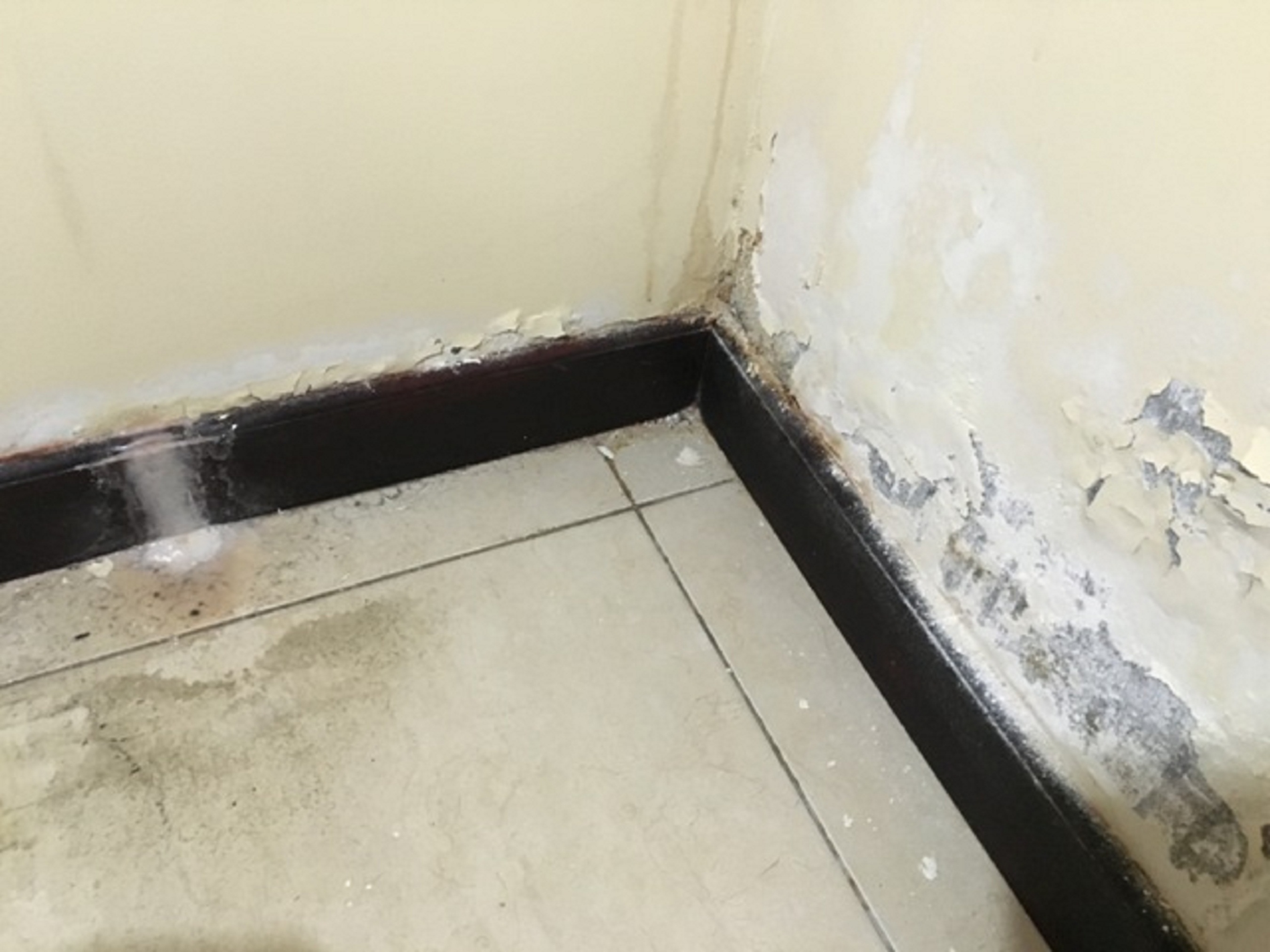Do's & Don'ts of Water Restoration.
Do's & Don'ts of Water Restoration.
Blog Article
This article below on the subject of Reducing Your Risk Of Water And Fire Damage At Home is indeed attention-grabbing. Don't overlook it.

Water offers life, water intrusion on parts where it's not expected to be can result in damages. It can peel off away surface areas and also erode the foundation if the water soaks into your structure. Mold and mold also thrive in a damp environment, which can be hazardous for your health. Homes with water damage smell stuffy and old.
Water can come from lots of resources such as hurricanes, floods, burst pipes, leaks, and also sewer problems. In case you experience water damage, it would be good to know some safety preventative measures. Below are a couple of guidelines on how to manage water damages.
Do Prioritize Home Insurance Coverage Insurance Coverage
Water damages from flood as a result of hefty winds is seasonal. You can also experience an unexpected flood when a defective pipeline suddenly breaks into your residence. It would be best to have home insurance policy that covers both disasters such as all-natural tragedies, and emergency situations like damaged plumbing.
Do Not Fail To Remember to Turn Off Energies
This cuts off power to your entire residence, avoiding electric shocks when water comes in as it is a conductor. Do not fail to remember to transform off the major water line valve.
Do Stay Proactive and Heed Weather Condition Notifies
Tornado floodings can be very uncertain. Remain positive as well as prepared if there is a background of flooding in your community. Pay attention to discharge cautions if you live near a lake, river, or creek . Obtain prized possessions from the ground floor and also basement, after that put them on the highest possible level. Doing so decreases possible residential or commercial property damage.
Do Not Disregard the Roof
Before the weather condition transforms frightful, make certain you have a roofing assessment. It would be sensible to get this solution annually as it can reduce complex concerns. You can stay clear of rain damage if there are no openings and leaks in your roof. Your roofer will certainly also care for malfunctioning seamless gutters or any other signs of weakening. This will avoid water from moving down your walls and soaking your ceiling.
Do Pay Attention to Tiny Leaks
A ruptured pipeline does not occur overnight. Normally, there are red flags that suggest you have weakened pipelines in your home. As an example, you might observe bubbling paint, peeling off wallpaper, water streaks, water stains, or leaking sounds behind the wall surfaces. Eventually, this pipeline will certainly rupture. Preferably, you need to not await things to escalate. Have your plumbing fixed before it leads to massive damages.
Do Not Panic in Case of a Ruptured Pipe
Keeping your clearheadedness is essential in a time of situation. Panicking will just worsen the issue due to the fact that it will stifle you from acting fast. When it comes to water damage, timing is crucial. The longer you wait, the even more damages you can expect. Hence, if a pipe bursts in your residence, instantly shut down your primary water shutoff to remove the source. Unplug all electrical outlets in the area or turn off the circuit breaker for that component of the residence. Lastly, call a reliable water damage restoration expert for help.
Water offers life, water breach on components where it's not meant to be can result in damage. Houses with water damage smell mildewy as well as old.
Water damage from flood dues to heavy winds is seasonal. You might observe bubbling paint, peeling wallpaper, water streaks, water stains, or dripping sounds behind the wall surfaces. When it comes to water damage, timing is key.
Some Do's & Don't When Dealing with a Water Damage
DO:
Make sure the water source has been eliminated. Contact a plumber if needed. Turn off circuit breakers supplying electricity to wet areas and unplug any electronics that are on wet carpet or surfaces Remove small furniture items Remove as much excess water as possible by mopping or blotting; Use WHITE towels to blot wet carpeting Wipe water from wooden furniture after removing anything on it Remove and prop up wet upholstery cushions for even drying (check for any bleeding) Pin up curtains or furniture skirts if needed Place aluminum foil, saucers or wood blocks between furniture legs and wet carpet Turn on air conditioning for maximum drying in winter and open windows in the summer Open any drawers and cabinets affected for complete drying but do not force them open Remove any valuable art objects or paintings to a safe, dry place Open any suitcases or luggage that may have been affected to dry, preferably in sunlight Hang any fur or leather goods to dry at room temperature Punch small holes in sagging ceilings to relieve trapped water (don't forget to place pans beneath!); however, if the ceiling is sagging extremely low, stay out of the room and we'll take care of it DO NOT:
Leave wet fabrics in place; dry them as soon as possible Leave books, magazines or any other colored items on wet carpets or floor Use your household vacuum to remove water Use TV's or other electronics/appliances while standing on wet carpets or floors; especially not on wet concrete floors Turn on ceiling fixtures if the ceiling is wet Turn your heat up, unless instructed otherwise

We had been shown that report on 5 Home Safety Tips To Reduce The Risk Of Fire And Water Damage through an acquaintance on another web address. In case you enjoyed reading our blog entry plz make sure you remember to share it. We recognize the value of reading our article about Reducing Your Risk Of Water And Fire Damage At Home.
Report this page